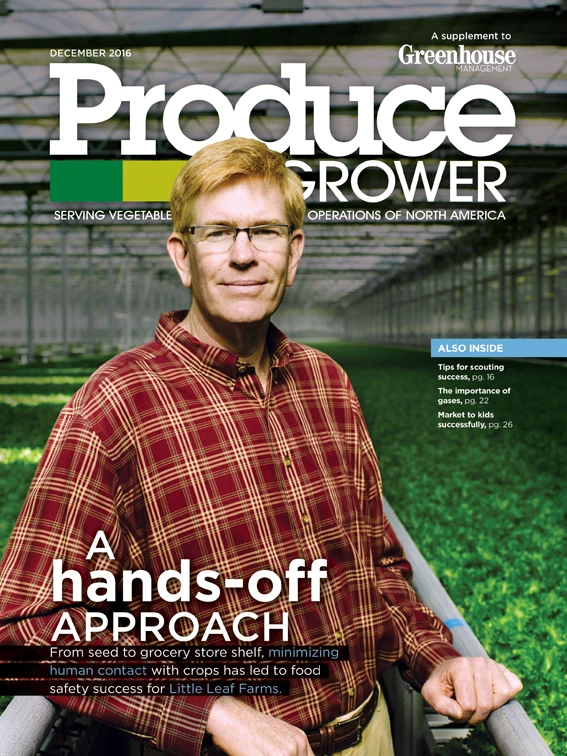
According to a recent article in the Wall Street Journal, consumers in their 20s and 30s are taking fewer trips to the grocery store than ever before, largely because they are eating out more. But Millennials are also heading to these stores less frequently because of online grocery services like AmazonFresh and convenience stores and big-box retailers like Walmart and Target offering expanded fresh food options. In short, consumers have never had more choices about how to stock their cupboards than right now.
To better understand the market, Produce Grower turned to Produce Marketing Association (PMA) Vice Chairman Paul Kneeland, who is also the Lead Fresh Merchant of Fresh Formats, a Boston, Mass. grocery store that emphasizes fresh produce.
Produce Grower: We’ve seen data and reports recently that say that younger people aren’t as inclined to visit grocery stores. Is this something you’ve seen as well?
Paul Kneeland: Fresh Formats actually caters to Millennials. They are definitely shopping at different stores because it’s convenient, almost more convenient than ordering online. Because we are putting stores right in their neighborhoods, it’s almost easier [to buy groceries] coming home from school or work and going right by our store because it’s their neighborhood store.
Are they shopping online? I think they are. But not as much for fresh groceries.
PG: AmazonFresh and stores like Target and Walmart are experimenting with new business models. Could they be part of the future vision of grocery shopping?
PK: I think they can. It really depends on where young people live. What I’ve seen in our areas is the home shopping will get left at the doorstep a lot of the times, but people aren’t home when the deliveries come. I think it will be part of it, but I don’t think it will be the whole thing. Just from what I’ve seen — and we actually do a delivery service out of our stores — it’s a challenge to time it when you need to have an attended delivery versus an unattended delivery.
PG: Is the supply chain changing at all because of these trends and, if so, what does that mean for consumers?
PK: Eventually, it will change the supply chain. People who sell to me are people that I want connected to the younger crowd, the Millennials and the future shoppers. I think [suppliers] have to really look at how they bring product to us, the way they pack product. Some of these stores are not high-volume supercenters, so it’s about keeping things as fresh as possible. Is it more deliveries or smaller boxes? Is it smaller counts in boxes? To me, that’s the future in the supply chain, and I think consumers are expecting fresh product at cheaper prices as well. To take those two comments and try to come up with a solution is the challenge because as you change the way you go to market, it affects your cost.
PG: How much do these potential changes have to do with the state of the economy?
PK: A lot of the kids now, coming out of college, are strapped with loans and they are getting jobs that aren’t paying them what they’d like. I think those two things affect what they buy. Your own cash flow dictates what you buy, but when you get a whole generation in debt, it affects things. It’s an economic factor that creates a whole new decision tree for buying fresh.

Explore the December 2016 Issue
Check out more from this issue and find your next story to read.
Latest from Produce Grower
- The Growth Industry Episode 3: Across the Pond with Neville Stein
- PG CEA HERB Part 2: Analyzing basil nutrient disorders
- University of Evansville launches 'We Grow Aces!' to tackle food insecurity with anu, eko Solutions
- LettUs Grow, KG Systems partner on Advanced Aeroponics technology
- Find out what's in FMI's Power of Produce 2025 report
- The Growth Industry Episode 2: Emily Showalter on how Willoway Nurseries transformed its business
- 80 Acres Farms expands to Georgia, Texas and Colorado
- How BrightFarms quadrupled capacity in six months







